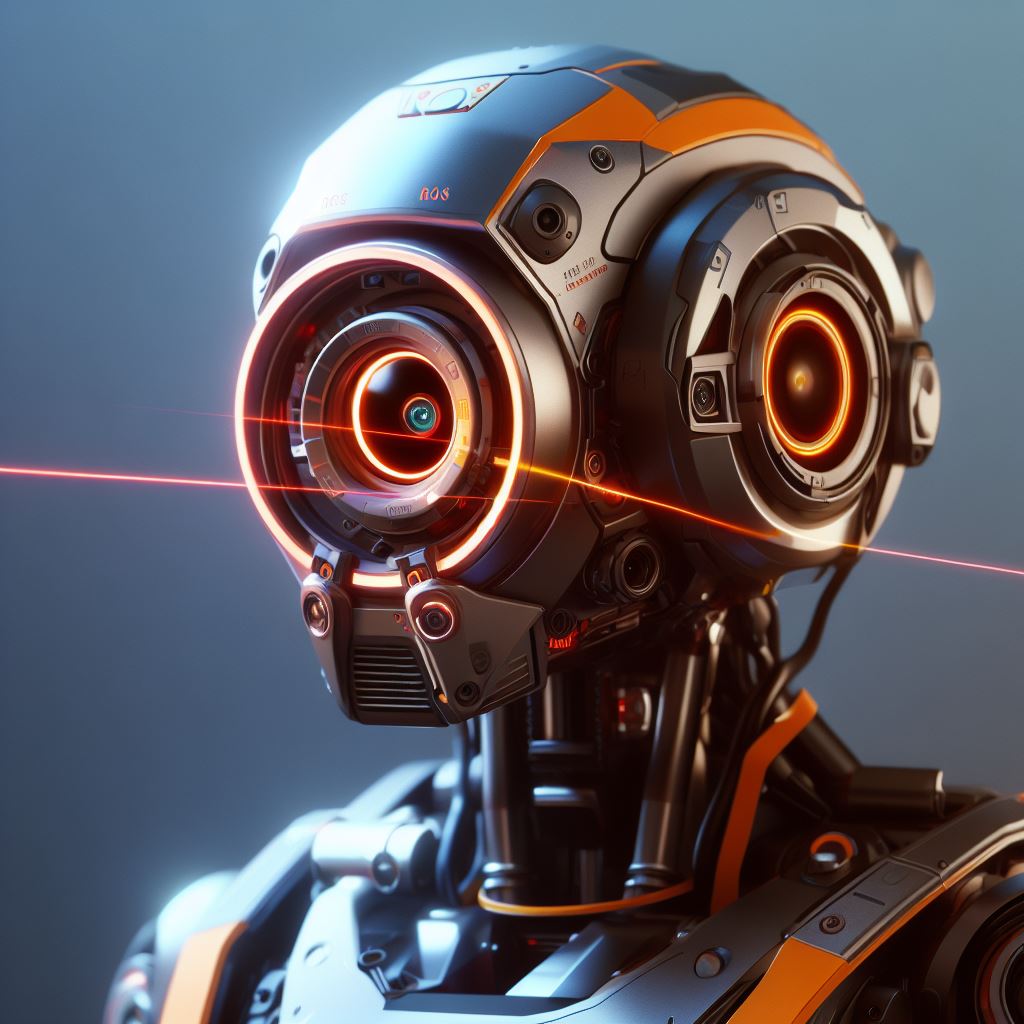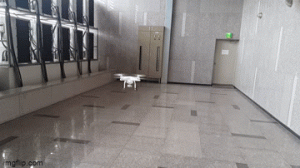In the realm of robotics and autonomous systems, the Robot Operating System (ROS) is the backbone that brings it all together. At the heart of ROS lies the concept of nodes and topics, which facilitate the exchange of data and the seamless coordination of various components within a robotic ecosystem. In this blog post, we’ll dive deep into one of the fundamental components of ROS: the Sensor Driver Node. We’ll explore how this node captures data from a laser scanner and publishes it to the “Laser Scan” topic, a vital communication channel in the ROS framework.

Understanding the Sensor Driver Node
A Sensor Driver Node is a crucial element of a robotic system, responsible for interfacing with various sensors and capturing their data. Sensors, such as laser scanners, cameras, or IMUs, are essential for a robot’s perception of its environment. The Sensor Driver Node acts as a bridge, enabling the robot to interpret and make use of the data collected by these sensors.
The Laser Scan Topic
One of the ways the Sensor Driver Node achieves this is by publishing data to specific ROS topics. In the case of laser scanners, the data is published to the “Laser Scan” topic. But what is the “Laser Scan” topic, and why is it so important?
Laser Scan Topic: The “Laser Scan” topic is a communication channel in ROS that is specifically designed for laser scanner data. It allows the Sensor Driver Node to transmit information about the environment that the laser scanner has observed. This information typically includes distance measurements at various angles, which form a point cloud representation of the surroundings.
How It All Comes Together
The beauty of ROS lies in the modularity and flexibility it offers for building complex robotic systems. The Sensor Driver Node’s role doesn’t end with data capture. It’s just the beginning. Other nodes within the system, such as obstacle detection or mapping nodes, can subscribe to the “Laser Scan” topic to access the data.
- Obstacle Detection Node: This node might take the laser scan data and identify obstacles in the robot’s path. It can then make decisions on how to navigate around them, ensuring the robot doesn’t collide with objects in its way.
- Mapping Node: Another node might use the laser scan data to build a detailed map of the environment. This map can be used for navigation and localization, helping the robot understand its position relative to its surroundings.
In essence, the Sensor Driver Node and the “Laser Scan” topic serve as the eyes and ears of the robot. The Sensor Driver Node captures the data from the laser scanner, and the “Laser Scan” topic acts as a bridge to transmit this data to other nodes, where it can be processed and used for various tasks.
| Application | Description |
|---|---|
| Autonomous Vehicles | Laser mapping is integral to self-driving cars and drones, enabling real-time environment perception, obstacle detection, and safe navigation. |
| Industrial Automation | Laser mapping is used in factories for quality control, precision manufacturing, and automated material handling. |
| Agriculture | Precision agriculture relies on laser mapping for crop monitoring, soil analysis, and efficient pesticide and fertilizer distribution. |
| Construction | Laser mapping aids in surveying, site modeling, and construction layout, ensuring accurate and efficient building processes. |
| Environmental Research | Researchers use laser mapping to study terrain changes, forest health, and coastal erosion, providing valuable data for environmental conservation. |
| Virtual Reality (VR) | Laser mapping contributes to immersive VR experiences by creating detailed 3D environments for gaming, simulations, and training. |
| Augmented Reality (AR) | AR applications utilize laser mapping to overlay digital information onto the real world, enhancing navigation, gaming, and information display. |
| Historical Preservation | Laser mapping assists in preserving historical sites and artifacts, creating detailed 3D models for documentation and restoration. |
| Disaster Response | Emergency responders use laser mapping to assess disaster-affected areas, plan rescue operations, and assess structural damage. |
| Utilities and Infrastructure | Laser mapping aids in infrastructure maintenance, from inspecting power lines to optimizing water and sewage systems. |
Laser mapping technology has a wide range of applications in our daily lives, from revolutionizing transportation to enhancing environmental conservation and historical preservation. It’s a versatile tool that contributes to efficiency, safety, and precision in various fields.

In Conclusion
The Sensor Driver Node and the “Laser Scan” topic exemplify the elegance of ROS, showcasing how nodes and topics work together to create a highly modular and scalable robotic framework. Understanding the role of the Sensor Driver Node and its interaction with the “Laser Scan” topic is fundamental for anyone working with ROS. It’s a key step in unraveling the fascinating world of robot perception and decision-making.
As we journey deeper into the ROS ecosystem, we’ll continue to explore its various components, demystifying the technology that powers the future of robotics and automation. Remember, if you have questions or seek expert advice on ROS or any other tech-related topics, NICE FUTURE INC. is here to assist you. Stay tuned for more insights and discoveries as we venture further into the world of ROS.
Subscribe to our newsletter!




